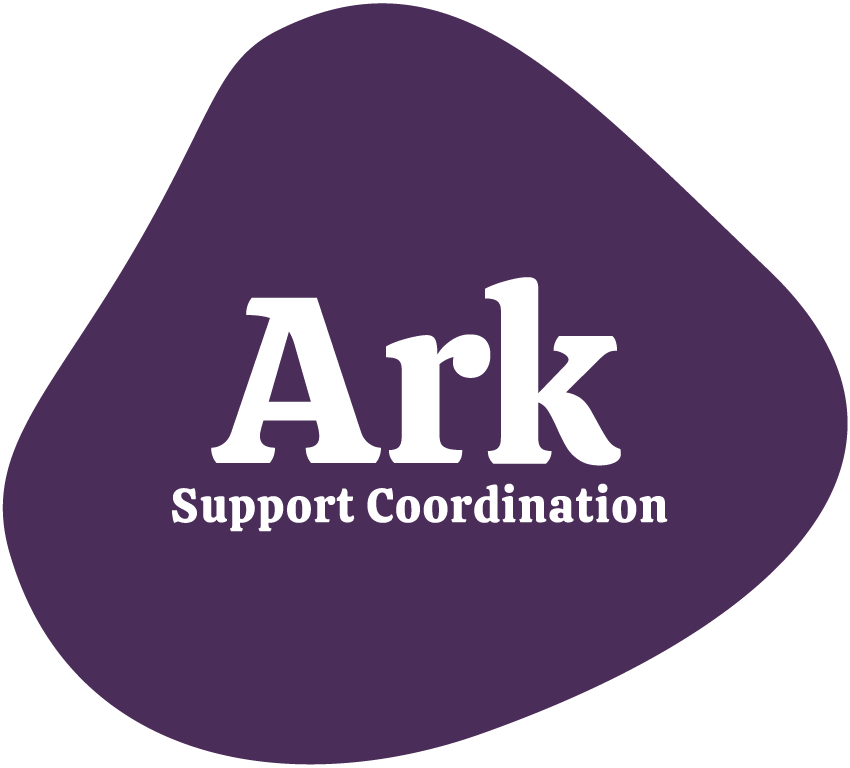What Can Be Done to Improve Thin NDIS Markets?
An NDIS market approach is viable in metro and major regional hubs thanks to abundant services competing for participant choice. For remote areas with scarce resources, an NDIS demand-supply economy doesn’t best serve the participant and deliver on the scheme's fundamental principle of choice and control.
We went into detail on this in our previous blog post, NDIS Services in Rural and Remote Australia and the barriers to access for NDIS participants in these communities. In all likelihood, overhauling the NDIS's market approach isn’t an option in the near or distant future, so what can be done?
Draw on local knowledge
No one understands a community better than its own. Utilise existing knowledge by recruiting and training local people on country to deliver NDIS services in the regions, building local capacity and reducing under-employment. Building local capacity maintains community ownership and control over decision-making. This way, culture is central to the program, community leaders and elders can guide through Indigenous ways of knowing, establish trusted relationships and hold space for flexibility in implementation timelines.
‘People who know about our mob, people who have the right kind of skills to fit our needs and to allow our people to live on country with appropriate access to services and support. And we can continue our lives in our culture for millenia to come,’ Jody Barney to The Royal Commission.
Not just NDIS
The NDIS can’t be the only ‘oasis in the desert’ for people with disabilities in remote Australia. There needs to be a collaboration between providers and allied health Government agencies for paralleled policies and programs to maximise scheme access and utilisation.
This would look like departments of health, early childhood services, education and public services facilitating access for marginalised participants and their supports to understand and benefit from the scheme in conjunction with provider incentives.
Encourage innovative thinking and create opportunities for willing providers to fill market gaps to meet local needs, increasing incentives for providers to operate rurally and strengthen their service delivery with logistic support and financial solutions.
In their thin market submission, Services for Australian Regional & Remote Allied Health encouraged collaboration with primary health networks via their health needs assessments, mapping of local services and engagement with local providers across public and private sectors. Noting a widely-skilled allied health workforce drawing from a pool of resources is more equipped to fill service gaps.
Cost of travel
Under the NDIS price guide, providers charge the same hourly rate for travel time as their service. Distance increases significantly between practitioners and remote participants, with their budget absorbing the additional travel costs.
As a Government scheme, the NDIS is required to meet key principles of government service delivery to adequately meet the needs of all citizens on value for money, equity and efficiency. To combat this, a restructuring of travel costs and improving telehealth access.
Ark Support Coordination ventured out of the metro area with offices in Bunbury and Margaret River, and since have extended our services to the East and West Kimberley. We saw first hand the need of support to access the NDIS, leading to the development of Ark Community Collective and our residency in Miriwoong/Gajirrawong country.
In Kununurra, our focus is building long-term relationships and upskilling of locals people and services to provide NDIS-funded services in rural and remote Australia. This includes assisting individuals in the region to gain access to the NDIS for the first time, as part of our mission to identify gaps in the community services sector and provide innovative, person-centred services to meet those needs.
Ruby Wheeler